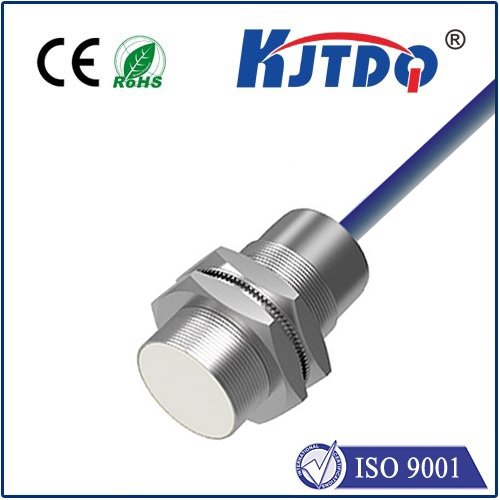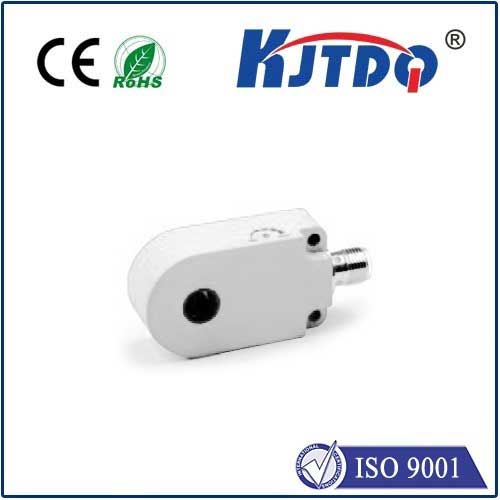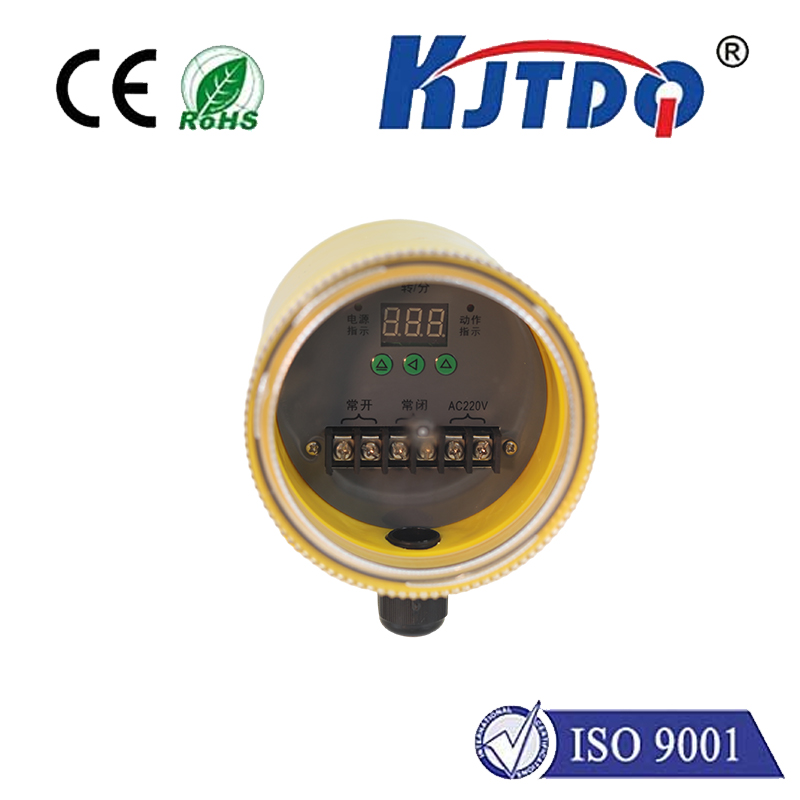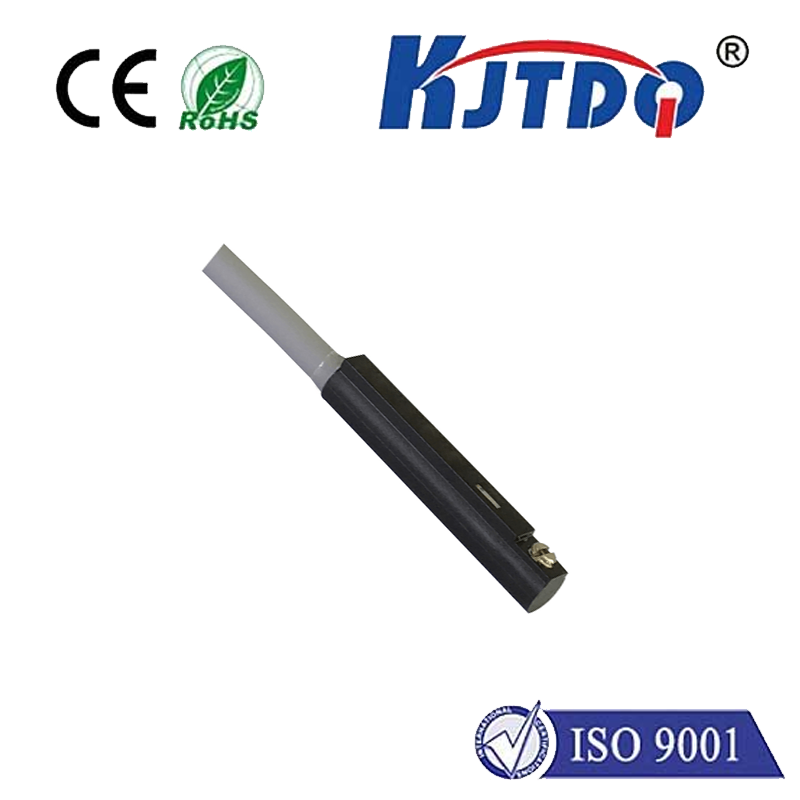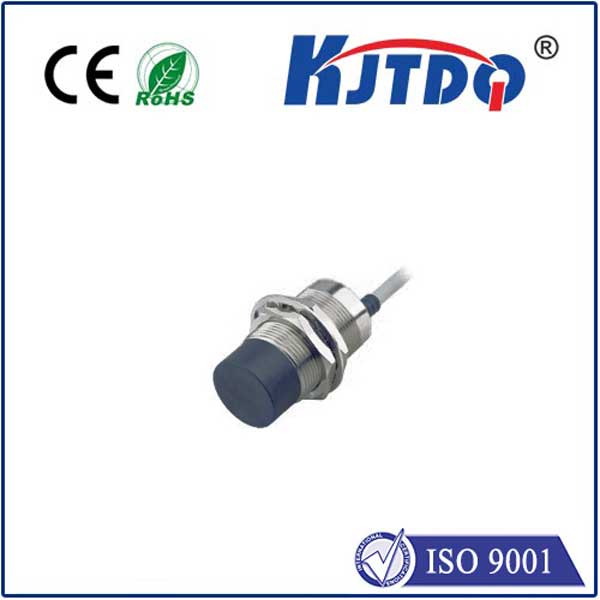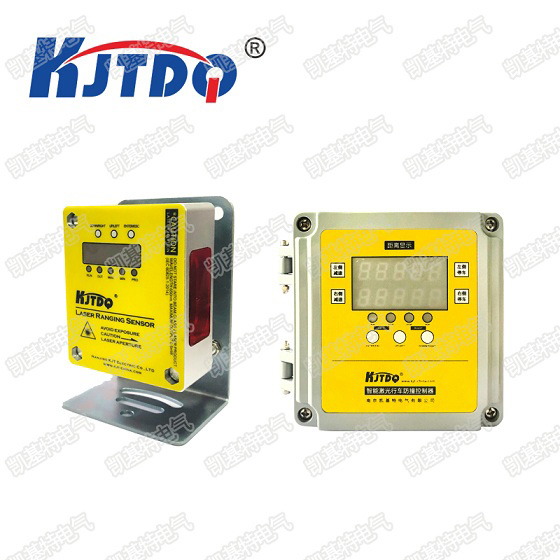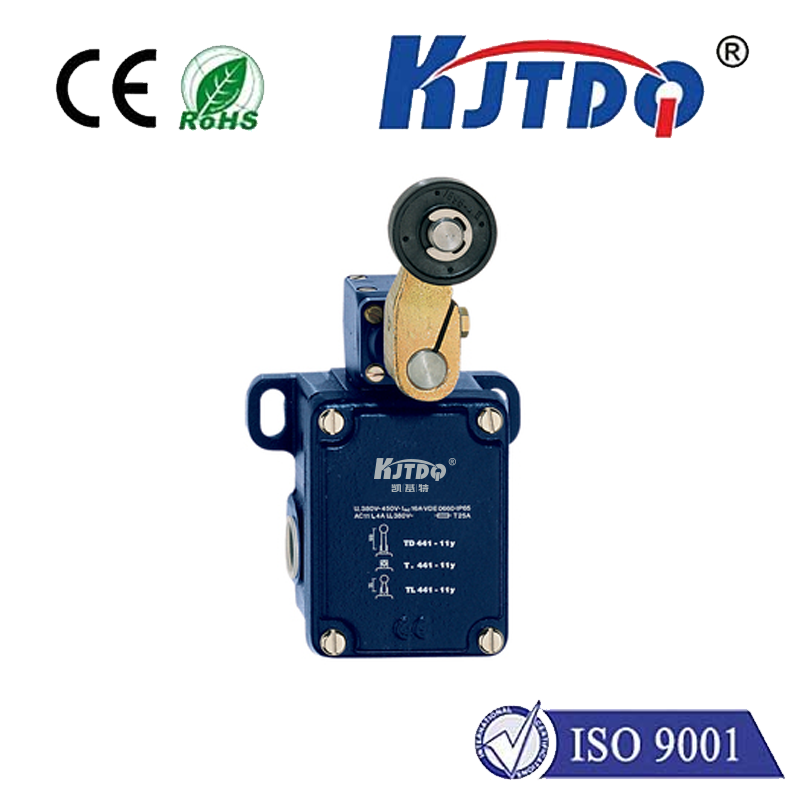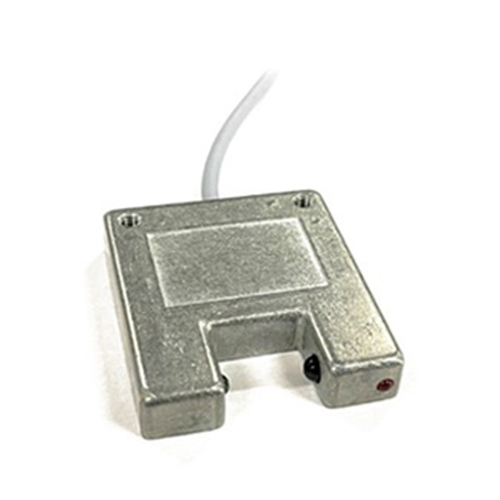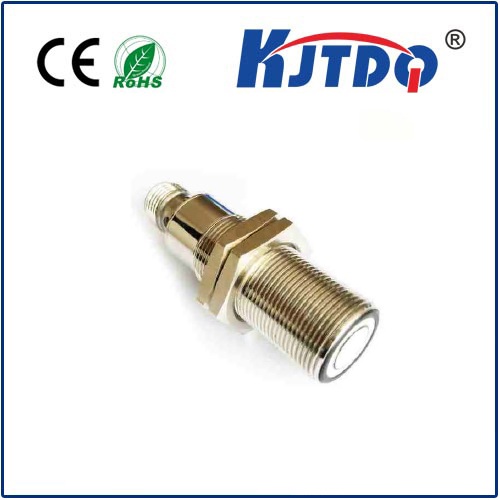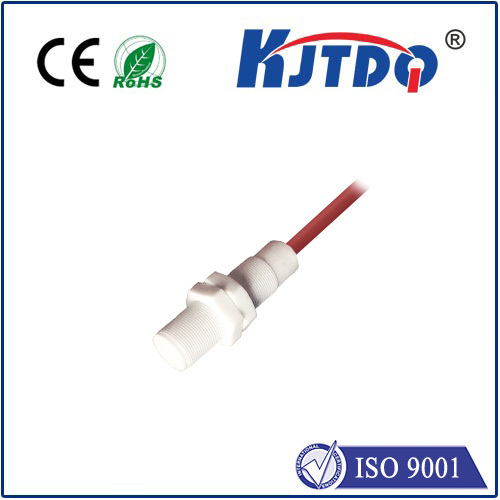

check

check

check

check
Advancements in FU-35 Optical Fiber Sensors for Modern Industrial Applications
In today’s rapidly evolving industrial landscape, the demand for reliable and efficient monitoring systems has never been greater. Among the latest innovations in sensor technology, FU-35 optical fiber sensors have emerged as a game-changer, offering unparalleled performance and versatility in a wide range of applications. These sensors are designed to measure physical parameters such as strain, temperature, and vibration with high precision and minimal interference, making them an integral part of modern engineering and manufacturing.
Optical fiber sensors operate by utilizing light to detect changes in physical properties. Unlike traditional sensors that rely on electrical signals, optical fiber sensors use light to transmit information, which makes them immune to electromagnetic interference and suitable for use in harsh environments. The FU-35 series is particularly notable for its high sensitivity and accuracy, enabling real-time monitoring of critical parameters in industrial settings.

One of the key advantages of FU-35 optical fiber sensors is their ability to operate in extreme conditions. Whether deployed in high-temperature environments, explosive zones, or deep underwater applications, these sensors maintain their performance and stability. This makes them ideal for use in industries such as aerospace, energy, and construction, where reliability is paramount.
The FU-35 series is also equipped with advanced features that enhance their functionality and usability. These include built-in signal processing capabilities, which allow for accurate data acquisition and analysis. Additionally, the sensors support wireless communication, enabling remote monitoring and integration with existing industrial systems without the need for complex wiring.
Another significant benefit of FU-35 optical fiber sensors is their non-invasive nature. Unlike traditional sensors that require physical contact with the monitored object, these sensors can be installed in a variety of ways, including embedded or surface-mounted. This flexibility allows for easy installation and maintenance, reducing downtime and operational costs.
In the realm of industrial automation, FU-35 optical fiber sensors play a crucial role in maintaining system efficiency and safety. By continuously monitoring parameters such as strain and temperature, these sensors help prevent equipment failure and ensure optimal performance. Their ability to provide real-time data enables proactive maintenance strategies, which are essential in today’s highly automated environments.
Moreover, the FU-35 series is designed with user-friendly interfaces and compatibility with various industrial protocols, making it an attractive option for both industrial and academic applications. Whether used in a factory setting or a research lab, these sensors offer a reliable and robust solution for monitoring and control.
In conclusion, FU-35 optical fiber sensors represent a significant advancement in sensor technology, offering a combination of accuracy, durability, and flexibility that makes them a valuable asset in modern industrial applications. As industries continue to evolve, the role of these sensors will only become more critical, ensuring that the future of monitoring and control remains precise and reliable.
